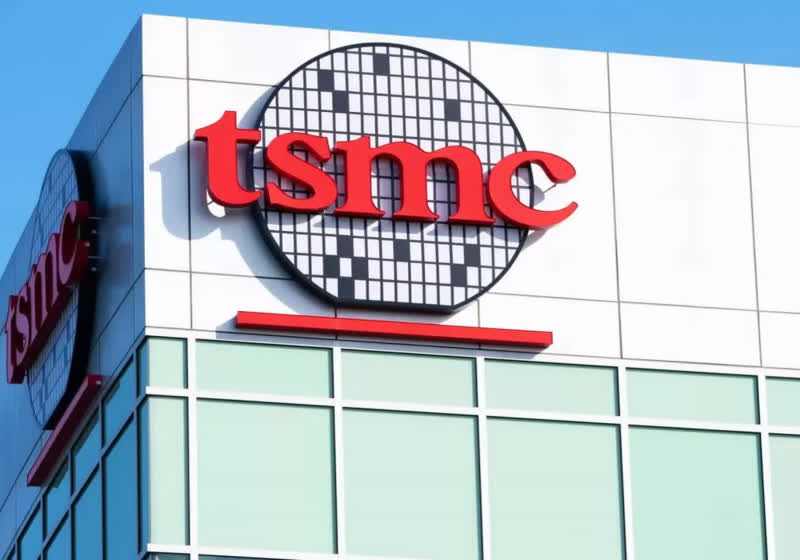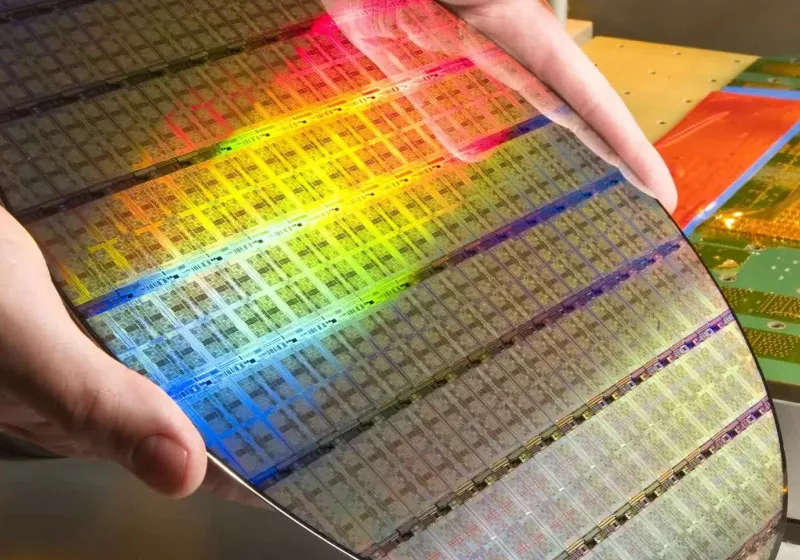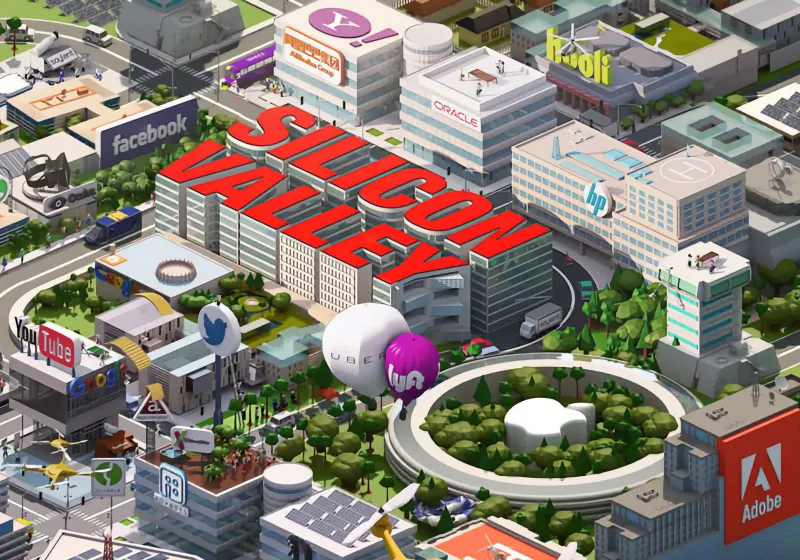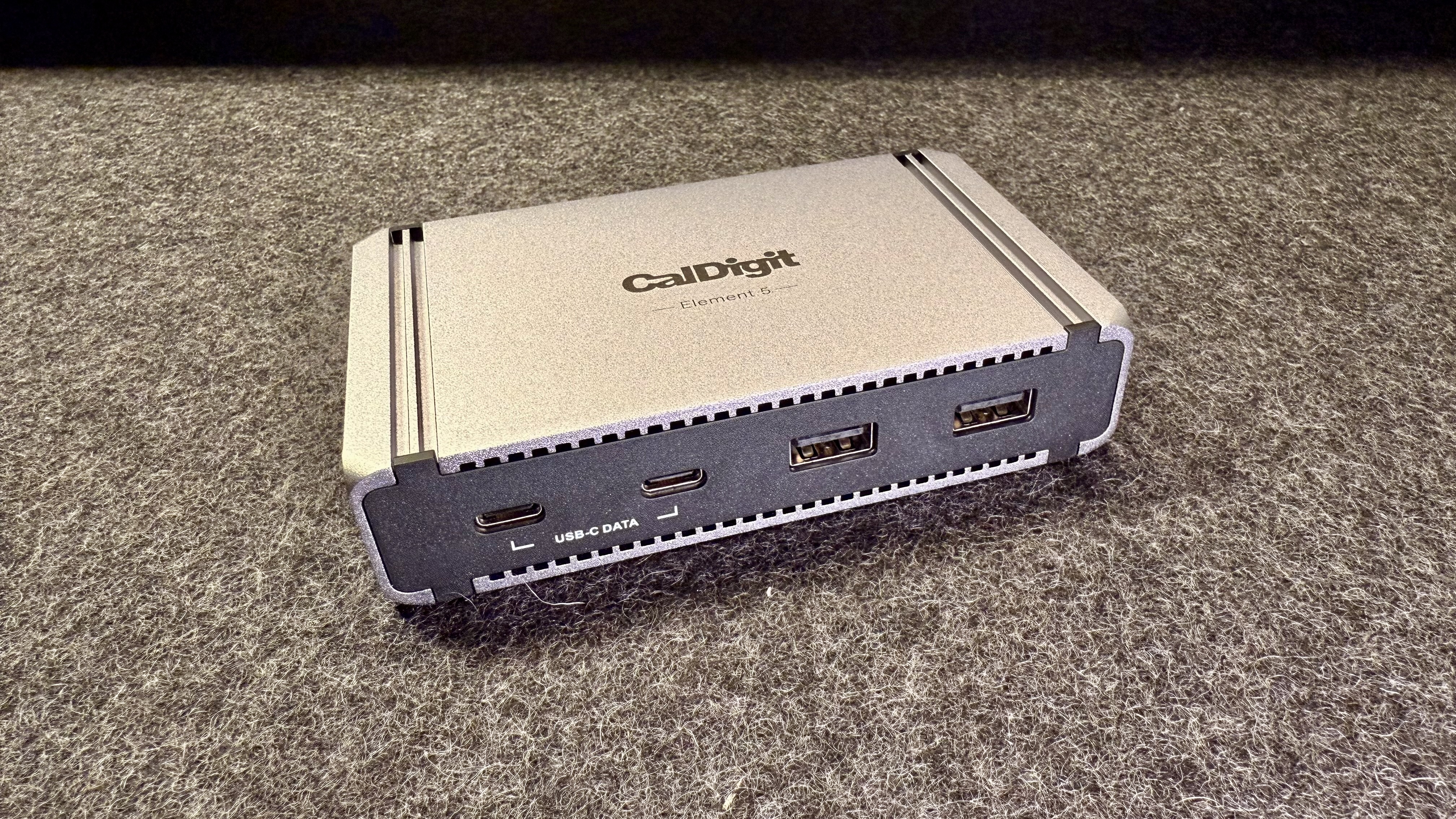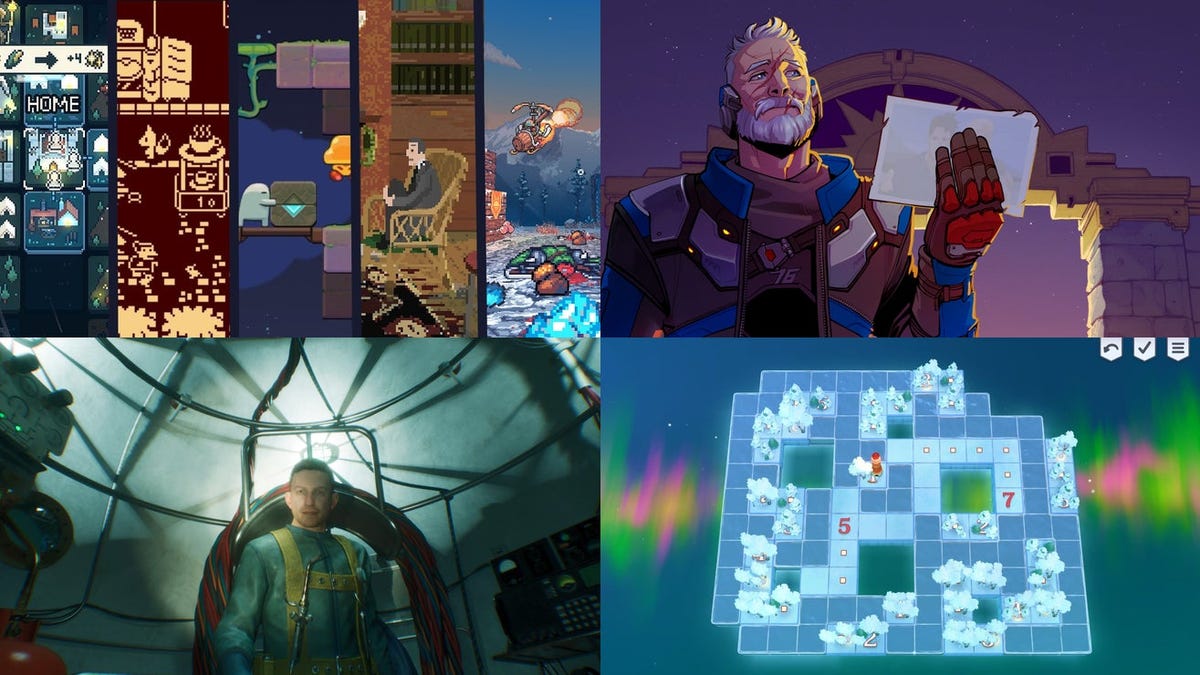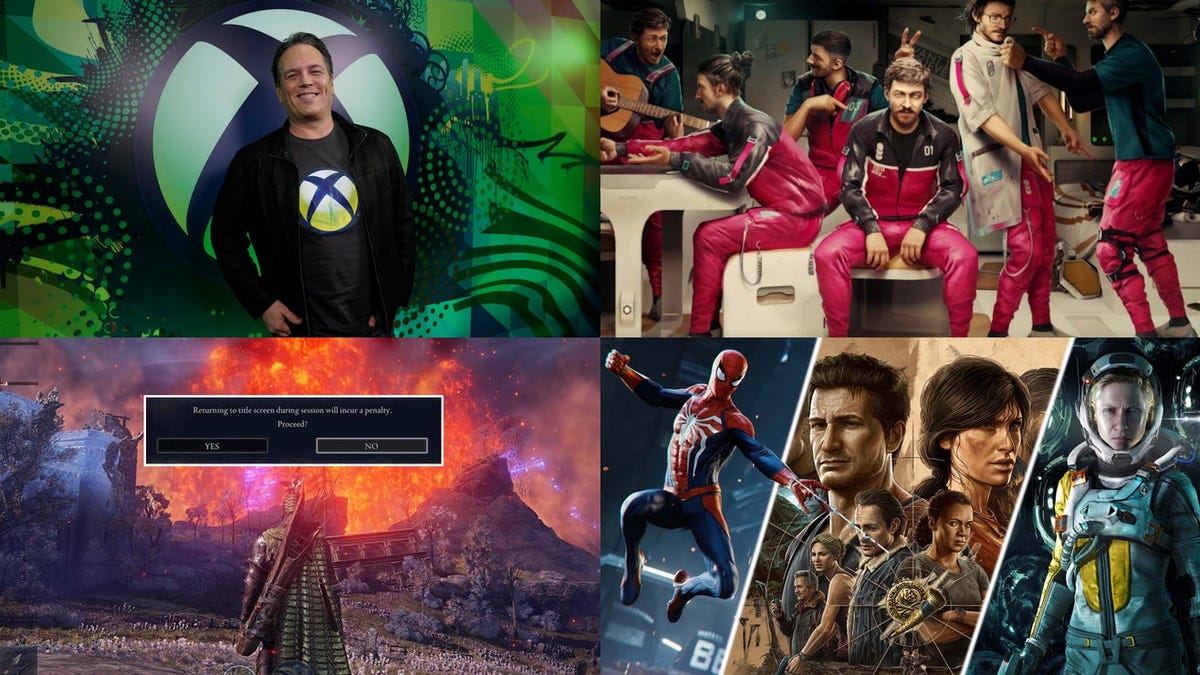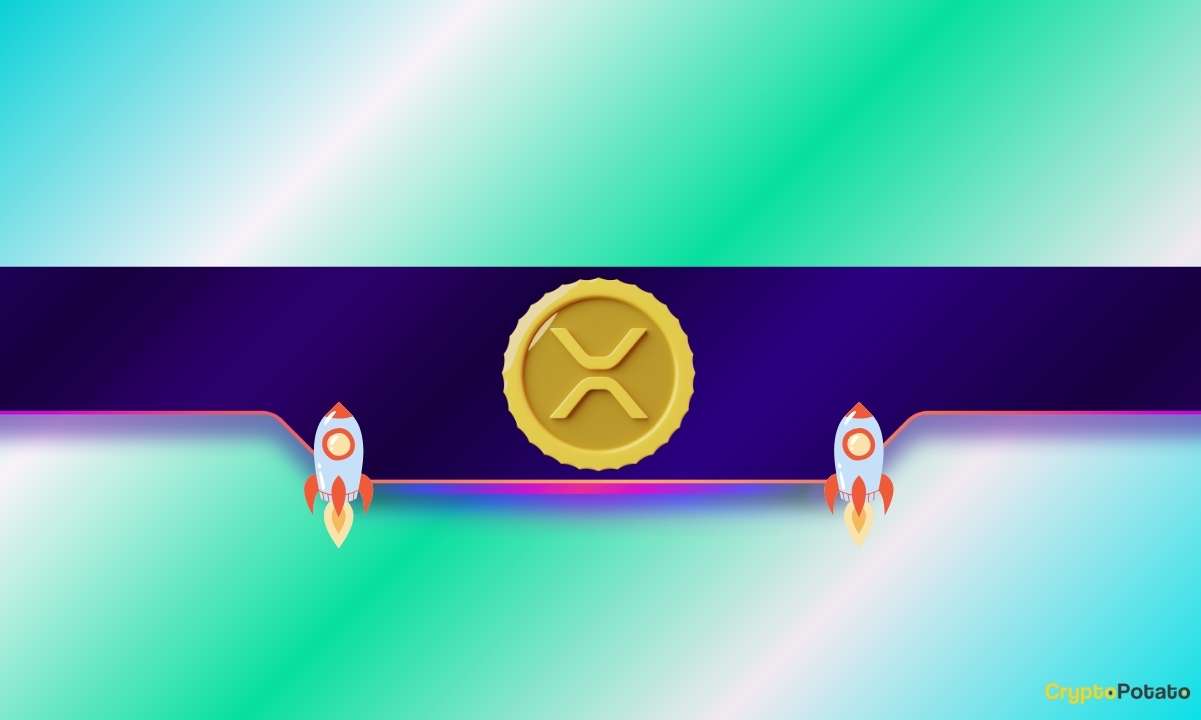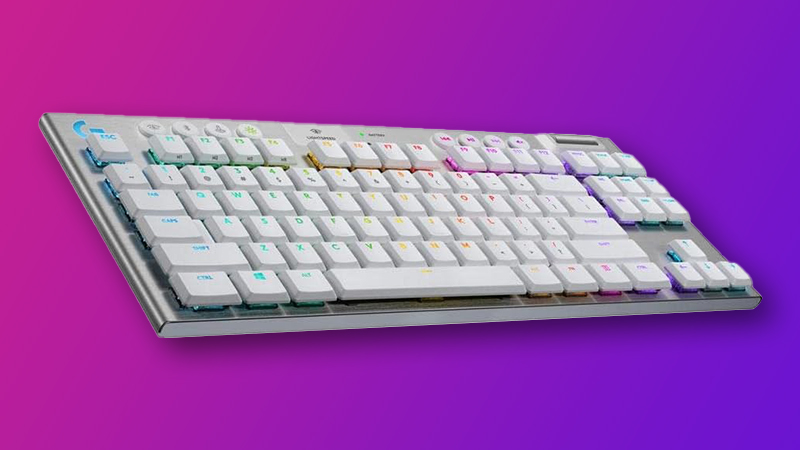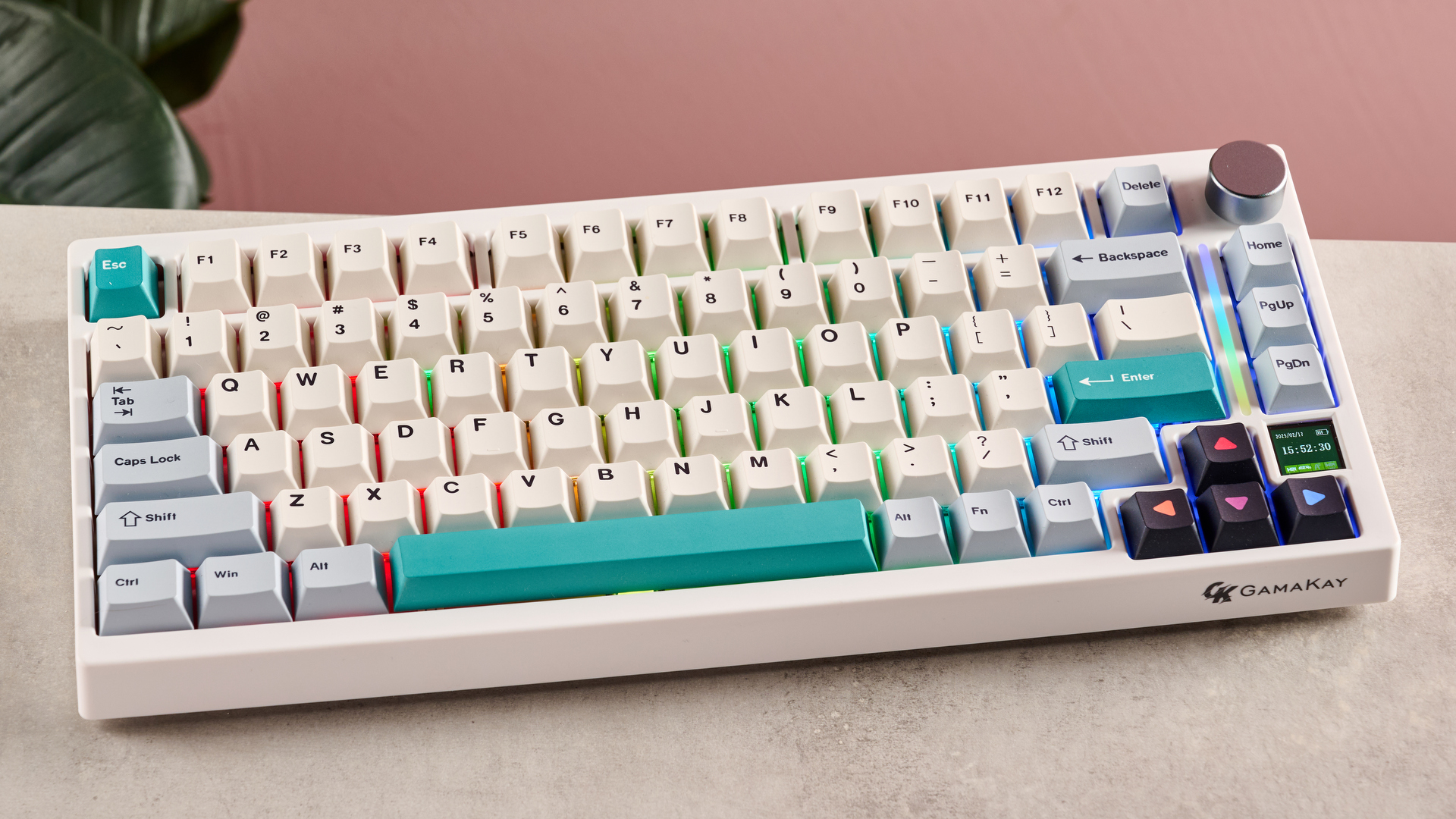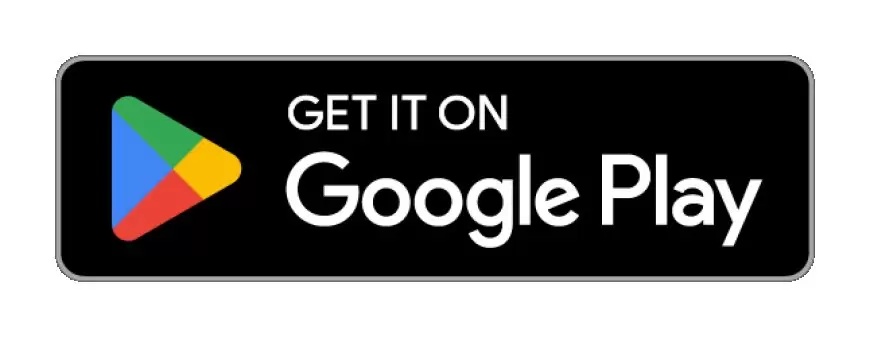Why loyalty is becoming web3 gaming’s next essential layer
The following is a guest post and opinion of Neil Mullins, CEO at Mojito Web3 gaming is growing rapidly, but loyalty systems haven’t kept pace. In the last year, blockchain gaming didn’t just grow: it leveled up. According to the 2024 DappRadar Games Report, the space hit 7.4 million daily active wallets and added over […] The post Why loyalty is becoming web3 gaming’s next essential layer appeared first on CryptoSlate.

The following is a guest post and opinion of Neil Mullins, CEO at Mojito
Web3 gaming is growing rapidly, but loyalty systems haven’t kept pace. In the last year, blockchain gaming didn’t just grow: it leveled up.
According to the 2024 DappRadar Games Report, the space hit 7.4 million daily active wallets and added over 1,600 new games. Total gaming activity nearly quintupled compared to the end of 2023 as new users, ecosystems, and experiments poured in.
But growth is only half the story. Retention and community engagement remain a grind. Many games are stuck with loyalty systems that feel bolted on or are missing entirely. As gaming becomes more cross-platform, social, and community-driven, loyalty needs to catch up—fast.
A new wave of Web3-native loyalty programs suggests that change is finally arriving.
What Traditional Loyalty Gets Wrong
In gaming ecosystems today, loyalty is little more than a leaderboard, a daily bonus, or a half-baked points system. These tools feel increasingly out of step with how players actually engage.
According to Mistplay’s 2024 Mobile Gaming Spender Report, 79% of mobile spenders actively engage with loyalty programs, and 51% say they would spend more in-game if loyalty rewards offered more value.
Progression, not perks, is the real incentive. Players want loyalty systems that recognize the time and effort they invest.
The same story shows up outside gaming, too. Research from Boston Consulting Group shows that participatory loyalty programs drive sustained engagement. In gaming, players expect similar depth and flexibility, yet many games still rely on static rewards or platform-locked perks.
Consumer research platform Attest has highlighted this gap:
- 69% of U.S. gamers aged 18–24 say cross-platform play is important. Loyalty systems must extend beyond individual games or platforms.
- One-third of gamers find in-game ads intrusive and actively ignore them. A loyalty model based on value will outperform one based on ads.
- Friends and family recommendations remain the top driver for trying new games. Loyalty can amplify this effect through community-based rewards.
At the same time, the broader industry is being forced to rethink its engagement strategies. In 2024, more than 12,000 gaming jobs were lost as studios faced rising costs and diminishing returns on user acquisition.
As IGN reported, many teams are now prioritizing sustainable retention over growth at all costs. Loyalty programs, battle passes, and live service models are emerging as key tools to monetize and strengthen existing player communities.
Yet traditional tools aren’t built for this new, community-first world of gaming. That’s why a growing number of Web3 projects and gaming ventures are exploring new models.
Where Web3 Loyalty is Emerging
A new generation of games and platforms is turning to on-chain loyalty programs as a way to meet modern player expectations. The primary features of these systems include composable rewards, wallet-native ownership, and enhanced community engagement.
Take Decentraland’s new Marketplace Credits system, for example. It offers players credits just for showing up and exploring, attending events, checking out new locations, and more.
Those credits can be traded in for avatar upgrades such as wearables and emotes. It’s a simple way to turn everyday participation into a loyalty loop that keeps players coming back.
Mastercard’s Gamer Exchange is another sign of where things are headed. It lets players convert loyalty points from banks, retailers, and airlines into in-game currency across top titles, providing proof that even legacy brands know loyalty is becoming a battleground for gaming.
Infrastructure is also evolving. Mojito Loyalty enables brands and projects to integrate on-chain loyalty features (quests, rewards, and community progression) directly into gaming and digital experiences.
Meanwhile, games like Forgotten Runiverse are using play-to-earn mechanics and evolving loyalty programs to build more persistent player economies. Their approach hints at what’s possible when loyalty is treated not as a marketing add-on but as a core part of the player experience.
Across these examples, the pattern is clear: when loyalty is participatory, transparent, and portable, it becomes a driver of engagement rather than an afterthought.
Loyalty Will Be Gaming’s Next Layer
Retention curves alone won’t build sustainable gaming communities. As John Wright, VP of Mobile Publishing at Kwalee, has said: “It’s not about going for Day 7, 14, and 28 retention curves. Companies must construct a new kind of loyalty system that will bring players back for a year.”
On-chain loyalty makes that shift possible. It allows developers to reward the entire player experience, rather than just what happens inside the game—encompassing everything players contribute, such as attending events, creating content, building community, and more.
Loyalty transforms scattered actions into tangible progress that players can see and feel. And as gaming moves toward open economies and cross-platform identities, it isn’t just nice to have; it’s becoming a new, essential layer of the gaming stack.
The post Why loyalty is becoming web3 gaming’s next essential layer appeared first on CryptoSlate.
